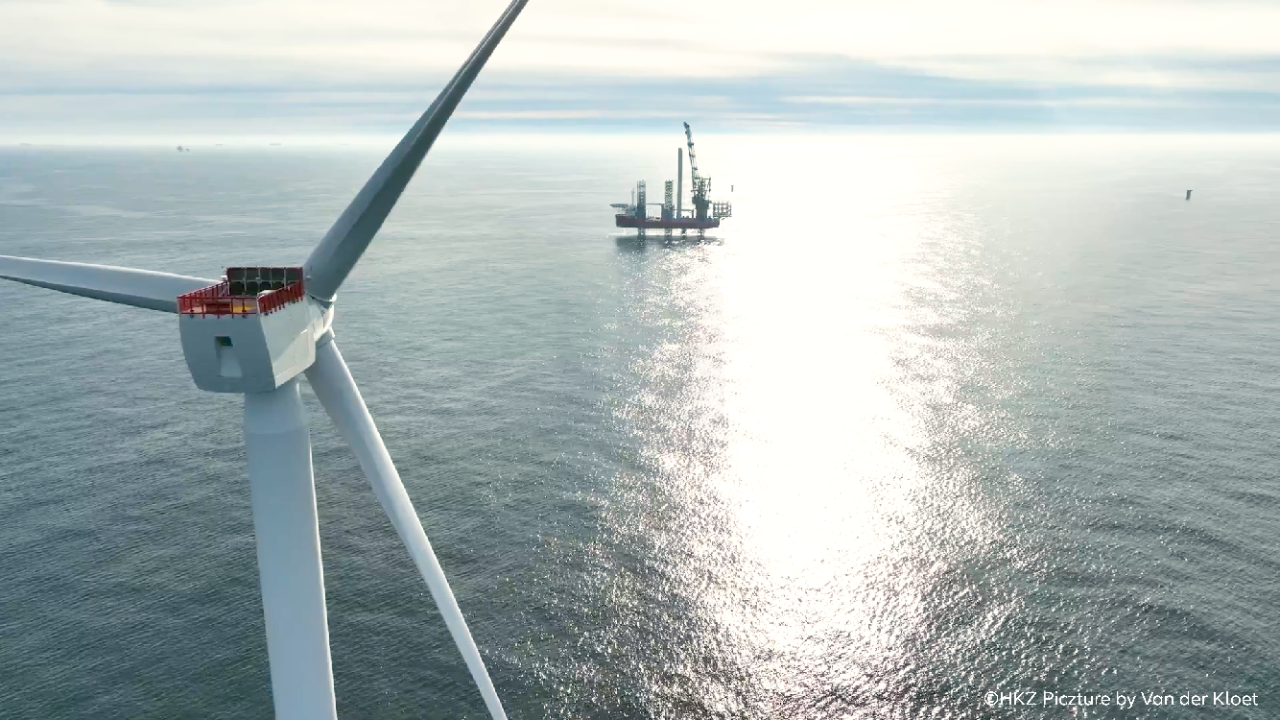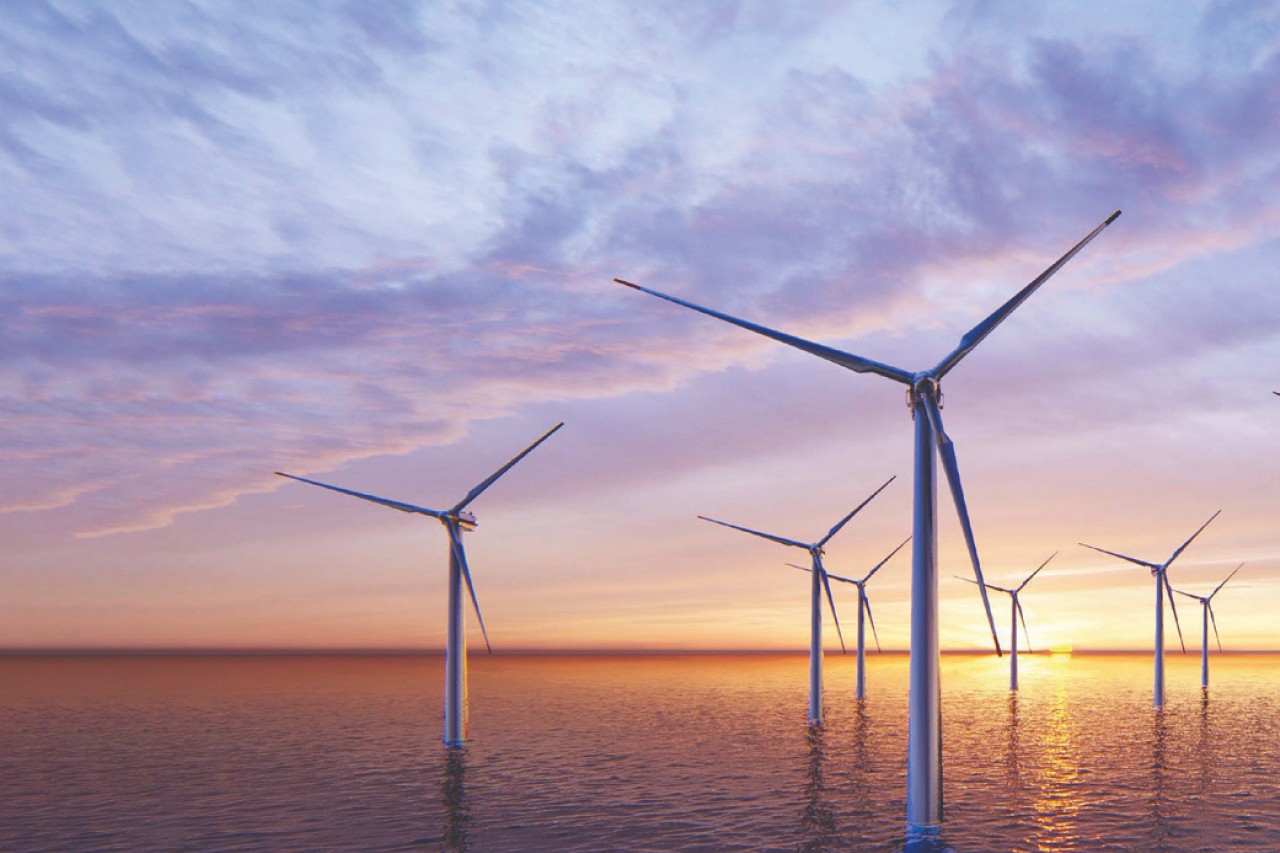The recent U.N. Climate Conference (COP27) in Egypt helped advance initiatives important to sustainable investing, especially in the global energy transition.
Active fixed income investors play a critical role in this transition. For insight into the sustainable investing megatrend, we caught up with our colleague Ryan Korinke, managing director and global head of sustainability at PIMCO, one of the world’s premier fixed income investment firms with $451B* in socially responsible and ESG Assets under management.
In this video, Ryan shares his experience at COP27 and his views on the challenges and opportunities ahead for sustainable fixed income investors, including a focus on methane and the economic benefits of getting it under control.


